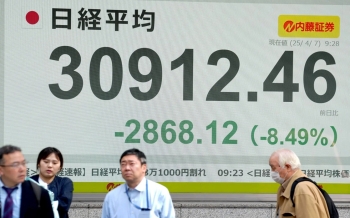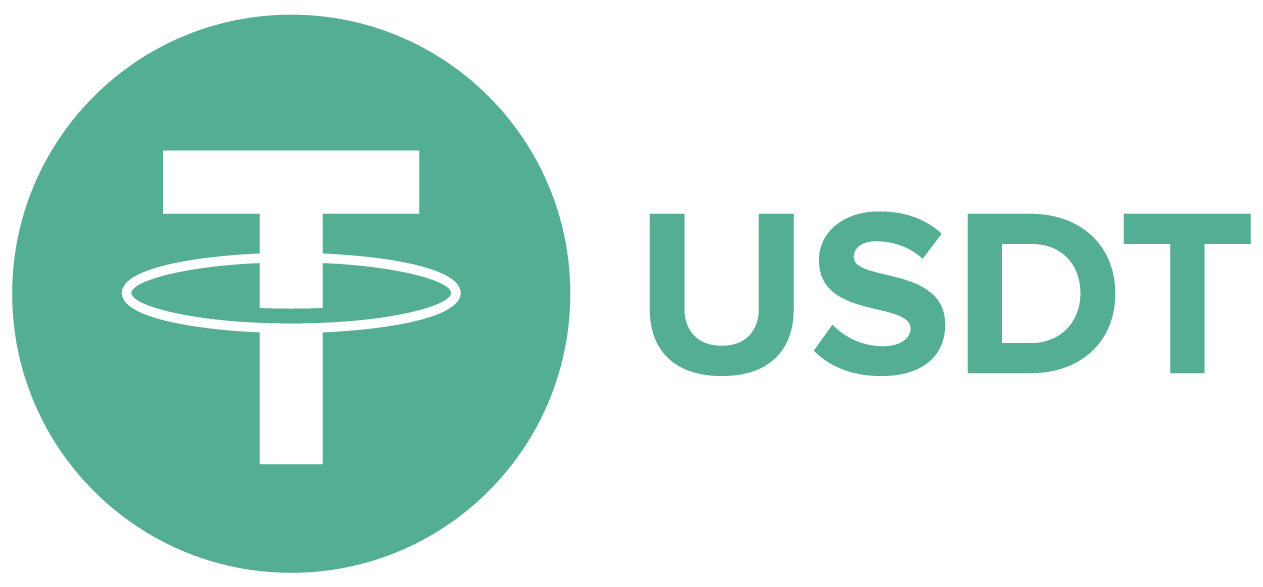The Federal Reserve and raising the US debt ceiling
Raising the U.S. Debt Ceiling: The Role of the Federal Reserve
Raising the U.S. debt ceiling is a significant issue addressed by the Federal Reserve. The term "U.S. debt" refers to the amount owed by the federal government to various entities, including banks, investors, and international financial institutions. The U.S. government must borrow to finance its expenses, including public spending, social programs, and defense.
However, there is a continual need to periodically raise the U.S. debt ceiling to provide the necessary flexibility for the federal government to meet its debt obligations and fund governmental expenditures. The debt ceiling is determined by the Debt Ceiling Act, which requires approval from the U.S. Congress.
The Federal Reserve supports raising the U.S. debt ceiling for several reasons. Firstly, it aims to ensure the stability of the global financial system and maintain the position of the U.S. dollar as one of the most important reserve currencies. If the debt ceiling is not raised, the U.S. government may face difficulties in meeting its debt obligations, which can impact investor confidence and destabilize financial markets.
Secondly, raising the debt ceiling is crucial to ensuring the continuity of the federal government's operations and the execution of its essential functions. If the debt ceiling is not raised, the Federal Reserve may be compelled to take emergency measures to deal with the outstanding debts, such as reducing government spending or deferring payments to creditors. These measures can have negative effects on the U.S. economy and exacerbate financial uncertainty.
In conclusion, raising the U.S. debt ceiling is an important challenge addressed by the Federal Reserve. Finding the appropriate balance between meeting the government's financing needs and maintaining financial and economic stability is crucial. It requires concerted efforts from the relevant authorities to achieve political and economic consensus on raising the debt ceiling and implementing effective measures to manage public debt in a sustainable manner.
In addition, raising the U.S. debt ceiling is a controversial political issue. In Congress, a bill to raise the debt ceiling requires approval from both chambers, making it susceptible to negotiations and political conflicts. This process may experience delays and political wrangling before reaching a final agreement on raising the ceiling.
One potential downside of raising the U.S. debt ceiling is the increase in public debt. If government spending is not effectively monitored and managed, raising the ceiling can lead to a growth in national debt and exacerbate the problem in the long run.
In conclusion, raising the U.S. debt ceiling poses a significant challenge that the Federal Reserve must address. Striking the right balance between meeting government financing needs and maintaining financial and economic stability is crucial. It requires joint efforts from the relevant authorities to achieve political and economic consensus on raising the ceiling and implementing effective measures to manage public debt in a sustainable manner.


 English
English
















